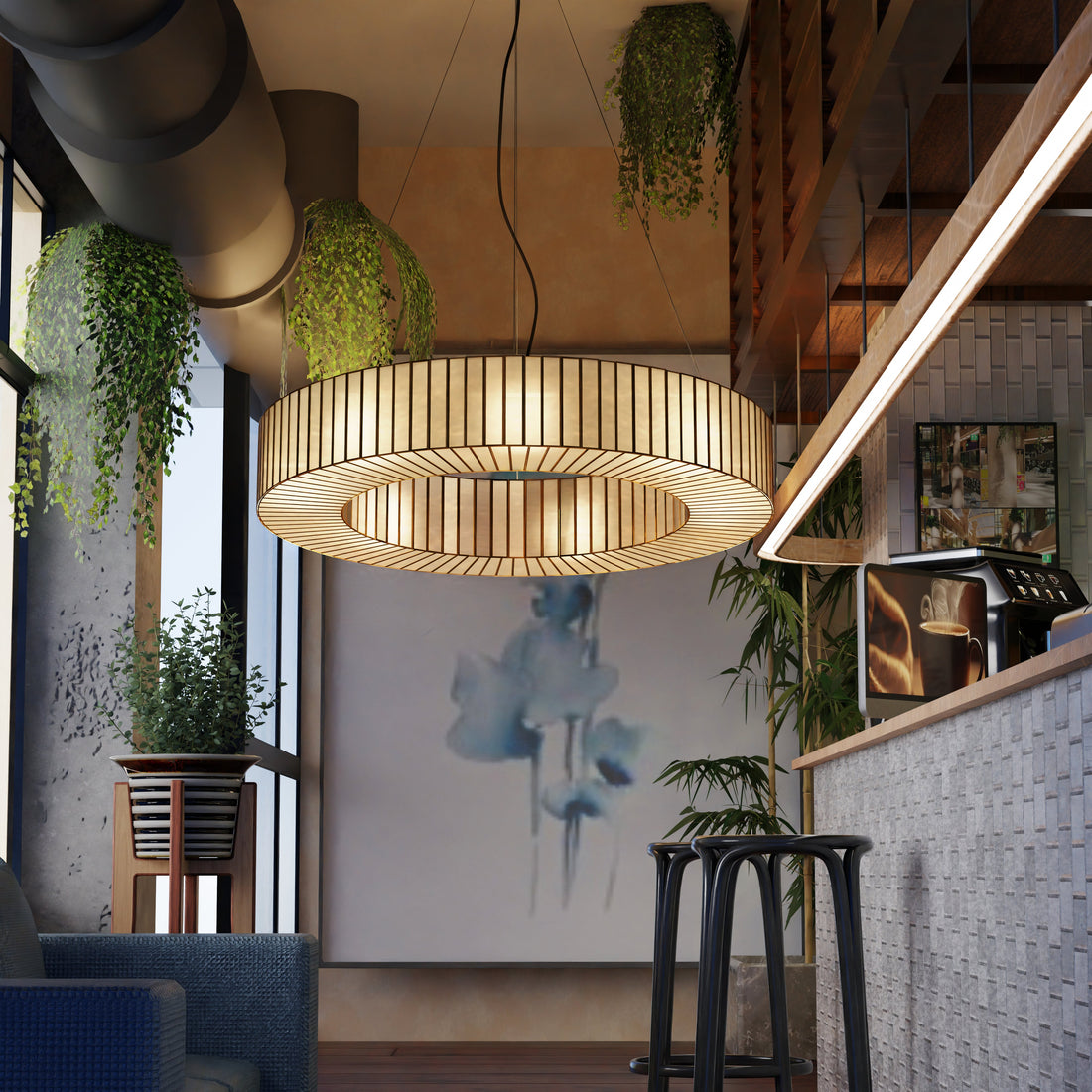Top 5 Tips for Choosing the Perfect Chandelier for Any Room
Decorating one’s home can be made better with the appropriate chandelier as it can enhance the elegance of the decor while providing great ambiance and light. But selecting one of the available options in a store, however, can be tricky and is not as straightforward as one might expect. There are many factors that come into play: the style, the size, the placement of the chandelier as well as the type of chandelier. To assist the reader in making the right choice, we present 5 tips for choosing a chandelier that are appropriate for a particular room in your house.
These 5 tips for choosing chandelier are not only the basic tips, however, should be able to answer the questions such as how big or how small, what style, what material to use, the best place to use it and what kind of lighting is ideal. From a small bedroom to a large dining room, it is possible to make the interior look wonderful by placing the right chandelier so that its shape and size fit the room.
Tip 1: Scale & Size Proportions Correctly
The first of our 5 tips for choosing chandelier is to ensure it’s the right size and scale for your space. That’s why it’s important to consider the space available as well when sourcing for a chandelier. Use the wall space speaking in regards to a chandelier the wall adorned with a chandelier should not overpower the chandelier.
Room Size: Measure the length of the room in feet and the width then add those two assorted items together. The sum divided by 2 is approximately the greatest possible diameter of the chandelier ideally. For example, a 12 x 14 room 12 plus 14 gives you 26 inches will fit a 26 inches chandelier.
Ceiling Height: Think of your ceiling height even. If your ceiling is high enough, even a large chandelier with multiple tiers can be used while on the contrary an ideal head room of 8 feet will require a low profile fixture.
Room Functionality: Some rooms have a distinct primary purpose. A large chandelier can be used in a dining space or an entry space because it will look beautiful, whereas for a bedroom or even an office a small fixture will suffice.
During house furnishing this tip from our 5 tips for choosing chandelier is important since the proportion of the chandelier to the house enables the room to gain more appeal.
Tip 2: Ensure Some Consistency and Balance to Your Style
Another useful tip among the 5 tips for choosing chandelier is to make sure it suits the decor style of the room. A chandelier can enhance a space but if it doesn’t fit in with the rest of the design, it can also appear misplaced.
Modern and Contemporary: To achieve the trendy and sleek minimalist decor, use geometric designs with glass and chrome or painted in matte black.
Traditional or Classic: Classic crystal chandelier or multi-tiered chandelier can add a layer of beauty to a classic room, creating a sense of space that never goes out of fashion.
Rustic and Industrial: In a rustic or industrial space, chandeliers fabricated from wood, metal or other distressed materials are ideal. Such styles are warm and friendly.
Eclectic and Transitional: While such spaces may be transitional, they may also require a combination of designs and look for chandeliers that have metal and glass or rough and modern shapes.
The style of the chandelier should be in tune with the decor of the house as emphasis in these 5 tips for choosing chandelier is the need to maintain a balance in the design.
Tip 3: You Must Pick The Right Material and Finish
In the rest of our 5 tips for choosing chandelier the third one deals with the chandelier’s material and finish. These options also affect the level of maintenance and the use of the chandelier.
Crystal Chandeliers: Add this in your decor if you want to feel luxury; Crystal chandeliers bring sparkle and grandeur for a more sophisticated look. They are suitable for the use in more formal areas like dining spaces or entry spaces.
Metal Options: Finishes such as brass, bronze or black iron also match to a different ranges of decoration styles from the more classical to the modern industrial look. Metals are also quite hardwearing and fairly simple to look after.
Wood and Natural Materials: If you want a more vintage and bohemian vibe, then choose wood and natural fibers chandeliers. Such materials also add some warmth and texture to the room.
Glass and Acrylic: These two materials are best suited for a glass or acrylic chandelier which will create an elegant edge in modern surroundings.
Out of these 5 tips for choosing chandelier, the type of material or finish would actually help in creating the desired look and feel of the area and would help in making things also easy to maintain.
Tip 4: Identify the required Lighting and the type of Bulb(s).
Next in our 5 tips for choosing chandelier is addressing lighting requirements and selecting the appropriate bulbs. In doing this, you will be able to achieve the desired brightness and environment for your space.
Purpose of the Room: What will the room be primarily used for? For instance, the room designed for the dining area may require softer and warm lighting while a kitchen area is likely to need more brightness.
Bulb Types: Chandeliers can be fitted with LED-type bulbs as they are high energy saving and have an enduring lifespan. Furthermore, look for dimmable bulbs that will let you set a suitable level of brightness.
Layered Lighting: Instead of the chandelier being the only light feature in the room, it can be used together with other lights, such as wall sconces, stand lamps or recessed lighting to add texture to the lighting design.
Such a light design according to the African proverb – Fitting this aspect of the 5 tips for choosing chandelier covers the concern of the light level in relation to the function of the area. Thus, it allows the space to remain as warm and inviting as possible.
Tip 5: Placement and Hanging Height
In case you have trouble in understanding the placement and height of the chandelier. Proper positioning optimizes looks and functions of the chandelier.
For Above the Dining Tables: The recommended height of hanging chandelier maximum above its sixteen is about thirty to thirty-four inches over the tables for dining areas. People are able to stand up without any obstruction while at the same time providing enough light to the surface area.
For In Living Rooms or Entryways: In such operational areas such as entryways or grand living rooms, on the other hand, the height of the chandelier needs to be increased with the increase of the height of the ceiling. The comfortable distance should be about seven feet.
For Centering in the Room: Place the chandelier in the centre of the room in case there is no table or specific focal point where the fixture is located. It is useful in a stable disbursement of the attention because of its positioning without overloading the decor.
This last point regarding focusing and placing the chandelier zeroes in best for enhancing the aesthetics along with utility.
Conclusion
There is a practical side to consider as well as an aesthetic when selecting the right chandelier. If you ful ll these 5 tips for choosing chandelier, your selection will be doubly pleasing – to the eye and for its function of providing illumination. So whether you’re looking for an oversized statement chandelier for your main entrance or want something subdued in tone for a small nook, these tips will give you a good start at the very least.
A chandelier is a light fitting, but in essence, it is more of a decorative feature. So don’t rush, study various styles and materials, and incorporate these tips for choosing chandelier into your home design. Paying attention to the key features such as size and orientation of your chandelier as well as material and its usabi lity will help you to make sure that your chandelier will suit the room perfectly.

